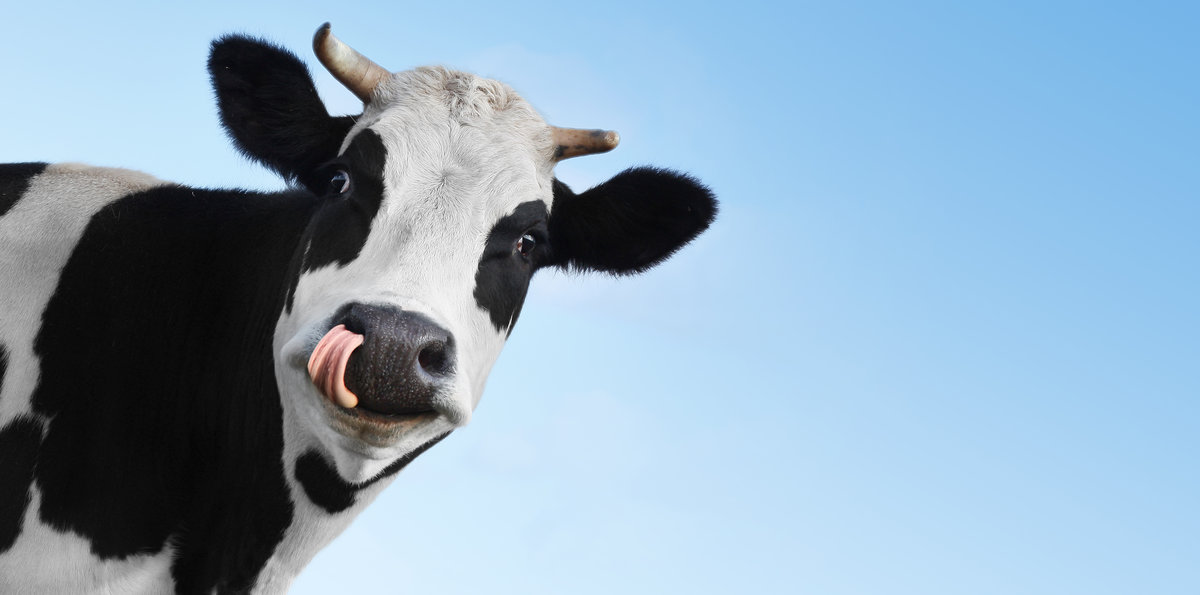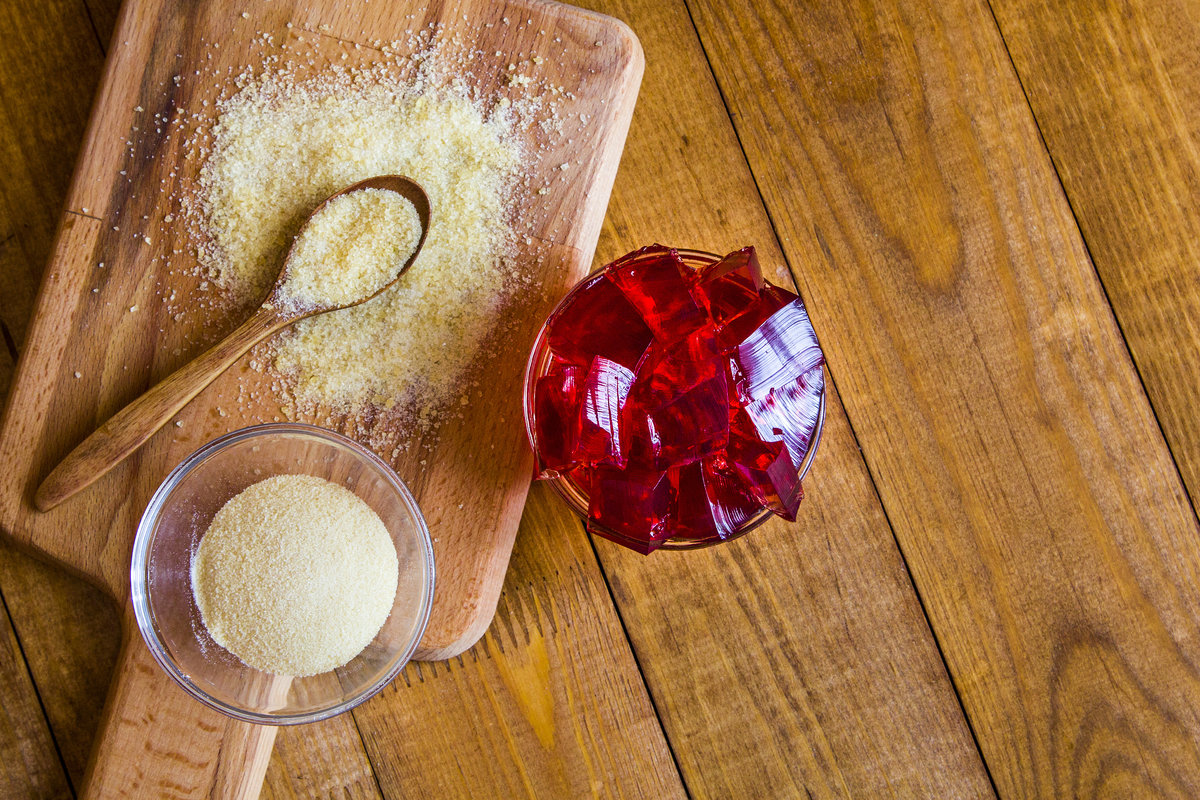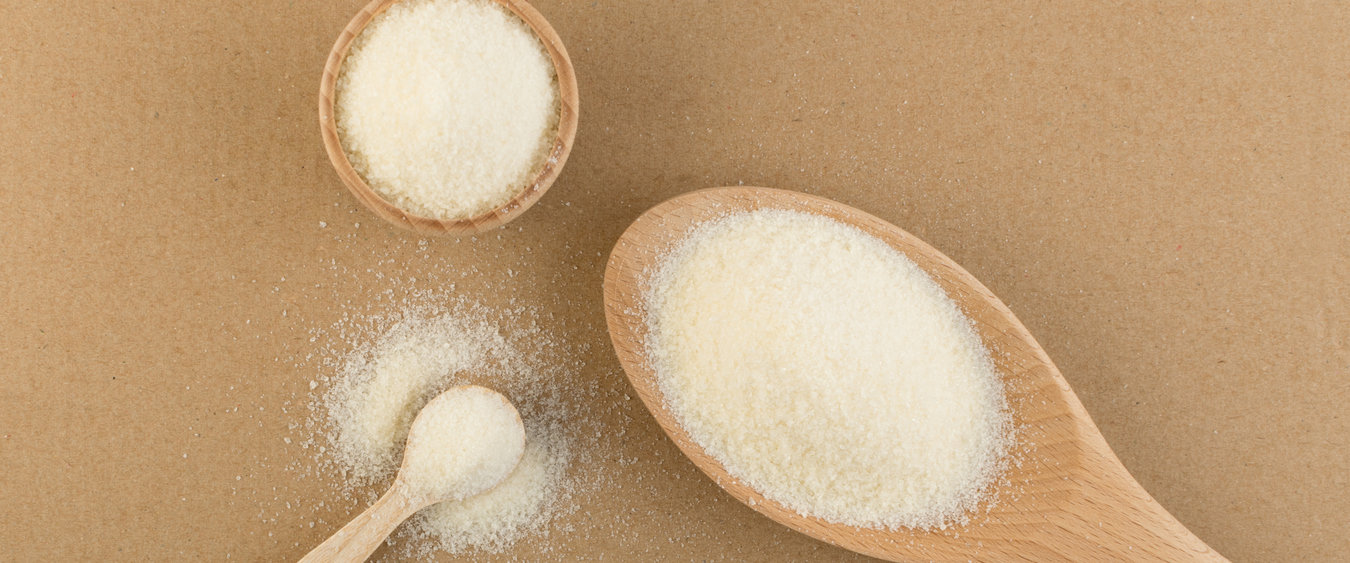In recent years, one thing has become undoubtedly apparent: the human world needs more sustainability. People all over the planet are embracing this realization. More consumers than ever before in the history of modern civilization are actively changing their habits for the betterment of the world. It’s a collective effort that aims to use the planet’s resources sustainably and responsibly.
The major planks in this new wave of responsible consumerism are traceability and transparency, which is to say: people don’t want to be alienated from the source of their food - they want to be connected to it; they want to see where it comes from, how it’s made and whether it lives up to the emerging conscientious standards.
Gelatin is highly sustainable and supports high animal welfare standards
Gelatin is a sustainable and versatile ingredient. One of the most important things to realize about gelatin is that it’s derived from natural sources. And unlike many other ingredients on the market, gelatin is not chemically synthesized.
Gelatin is a safe protein extracted from the raw collagen found in the skin and bones of animals raised for human consumption. So not only is gelatin a valuable nutrient, but it also promotes the full usage of animals that are primarily raised for their meat — contributing to a zero-waste food economy.
The largest manufacturers of gelatin have processes that ensure full traceability i.e. they make sure they know where the raw materials are coming from. The same manufacturers are members of associations such as the Gelatin Manufacturers of Europe (GME) where they support animal welfare and are active members of a dedicated working group aimed at improving animal welfare standards.
The largest gelatin manufacturers are anxious to deliver safe products to consumers. They have numerous control steps throughout their whole production process to ensure that gelatin meets all the current quality and safety standards.
Another benefit of the gelatin industry is that by-products from the manufacturing of gelatin can be used for feed or as fertilizer in agriculture or even for fuel applications, further enhancing gelatin’s contribution to the zero-waste economy.

Gelatin: The perfect ingredient for clean and clear labels
From the point of view of food manufacturers gelatin is a highly versatile, multifunctional ingredient that meets a wide variety of formulation challenges. It can be used as a stabilizer, thickener or gelling agent, to name but a few of its functions.
Because gelatin offers many functionalities and properties, manufacturers can use gelatin to produce food with fewer ingredients. Gelatin can also cut out the need for additives, which are generally e-numbered because they’re not a natural foodstuff.
So, gelatin satisfies the demands of clean and clear label markets by
- having clear traceability and transparency
- supporting animal welfare
- contributing to the zero-waste, circular economy
- being safe
- being designed by nature
- having no e-number
- being suitable for products that need to be more natural

Flexitarians should love gelatin
Gelatin is derived from animals, so it’s not suitable for vegetarians. However, gelatin - which helps make full use of animals used for human consumption - is perfect for a new breed of semi-vegetarian known as the ‘flexitarian’.
Flexitarians are people who mostly stick to a vegetarian diet but will occasionally have meat or fish products. Flexitarians are part of the trend we’ve been talking about: the global drive towards sustainability and responsibility. They tend to fit into the clean and clear label market, holding the opinion that plant-based diets are generally more sustainable, but there’s nothing wrong with the occasional animal product so long as it’s ethical. Indeed, the flexitarian shouldn’t feel guilty about eating the occasional gelatin gummy bear.
So gelatin is a suitable ingredient for flexitarians. It ticks all the boxes:
- sustainable
- ethically sourced
- natural
- nutritious

Gelatin alternatives aren’t as natural as they seem
When it comes to functionality, there are several vegetarian alternatives to gelatin. Some of these alternatives are positioned in such a way as to make them appear natural i.e. from vegetable sources.
For example, in the pharma- and nutraceutical industries, hard capsules are traditionally made from gelatin. But in recent years alternatives - such as HPMC or modified starch - have entered the market, and they tend to be labelled as vegetarian
However, this labelling is a little bit misleading as these products aren’t as natural as they seem. They are not found in nature and are the result of chemical synthesis. Obtained from felled and shredded trees (HPMC or E-464), or corn crops (modified starch or E-1440) and partially etherified with methyl and/or propyl groups, these ingredients undergo a heavy chemical process to provide capsules with a synthetic base. The production method for these ingredients is chemicalized to such a degree that, unlike gelatin, they’re not classed as a natural foodstuff and therefore have to be e-numbered.
So when you really take a closer look at these ‘alternative’ ingredients, you find that they are not suitable for clean and clear labels, and certainly don’t live up to the high standards of responsible consumerism.
Gelatin, on the other hand, is a food ingredient that is a great fit for those consumers who care about sustainability.

